Safe Amalgam Removal – Albuquerque, NM
Creating Healthier Smiles with Biocompatible Fillings

Removing traditional amalgam fillings is just one of the ways you can be proactive in achieving total-body wellness. Dr. Keanna will use the SMART protocol (Safe Mercury Amalgam Removal Technique). By safely removing any amalgam from your mouth using a series of proven steps, we can replace your fillings with healthier, biocompatible options that help you maintain a beautiful aesthetic. Contact us to schedule an appointment to learn more about safe amalgam removal from our holistic dentist.
Why Choose Natural Dental Services for Safe Amalgam Removal?
- SMART Protocol Used
- Holistic Form of Treatment Designed to Improve Oral and Overall Health
- Biocompatible Materials Used to Improve Appearance
What Is the Dental Protocol for Minimizing Mercury Exposure to the Patient?
Dr. Keanna will use the following steps to minimize mercury exposure to all patients during the amalgam removal process:
The Initial Removal Set-Up
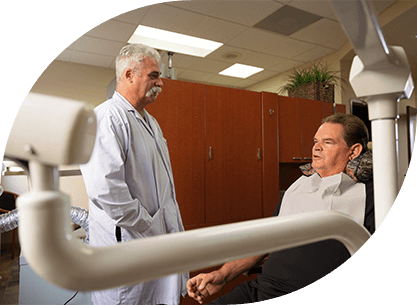
- Teeth are isolated with a rubber dam and/or special suction device to contain the pulverized amalgam and its harmful vapor.
- The patient (and the dental team) breathes clean air during the removal process. The patient needs to be protected from the mercury vapor, which is generated in excessive amounts during the drilling. The air around the nose is therefore highly contaminated, so a fresh source of air needs to be imported. A nose mask attached to oxygen or air is used.
- A high-speed suction device with charcoal filters (Denti-Vac) to filter the mercury vapor is placed in front of the patient’s mouth to direct all the mercury-laden vapor from the dental removal procedures away from the patient and the dental team.
The Process of Removing the Amalgam Filling
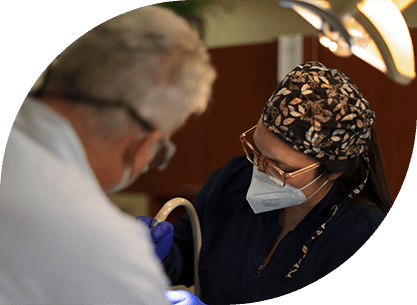
- The filling removal is performed in sections, removing large chunks, and minimizing the drilling of the amalgam and thus, reducing mercury vaporization.
- Copious water is used to cool the drill and amalgam dust while also reducing mercury vaporization and its presence in the water.
- High-speed suction is placed next to the filling to remove the water and suction the vapor.
- The saliva ejector is placed under the rubber dam next to the area where the filling is being removed. This protective measure suctions any vapor that goes through the dam and is now on the inside of the mouth. To counter this problem, we use a saliva ejector and instruct the patient to breathe only from the nose.
The Post-Operative Process
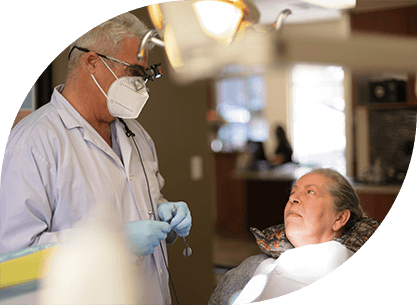
- After the procedure, we remove and dispose of the dam. The mouth is rinsed with copious amounts of water and all amalgam dust and particles are suctioned out.
- The high-speed suction is left on during the procedure to clean and filter the air.
- The drills and the air/water syringe are wiped off to remove any mercury residue.
- The patient wears a disposable drape to minimize the mercury contamination on their clothes. In addition, protective eyewear is suggested. These disposable barriers are then placed into the hazardous medical wastes.
- The disposable, contaminated suction and saliva ejectors are replaced.
- After the dental procedure, or sometimes during restorative procedures, an IV of Vitamin C, glutathione, and other vitamins and minerals can be administered to reduce and eliminate the mercury and aid the chelation process.
How Our Team Stays Safe During Mercury Removal
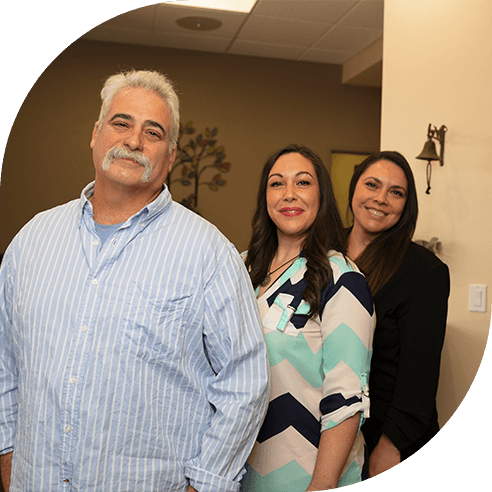
Mercury is a highly toxic substance, and the high-speed drill releases considerable vapor during the removal process. The dental team is breathing the mercury vapor-laden air, which is also escaping into the dental operatory. The evidence strongly suggests that our team is at an elevated risk for health problems from mercury toxicity.
To better protect our dental team, we use the following instruments and techniques throughout the removal process:
- The Denti-Vac suction is placed close to the patient’s oral cavity during the removal. Afterward, the suction is left on during the restorative phase to filter thoroughly the operatory air.
- We wear gas masks during the removal process to eliminate the potential of breathing in mercury vapor.
- We wear protective disposable clothing during the removal because mercury from the vapor can cling to clothing and contaminate homes and family members.
- The high-speed suction is used to suck the mercury vapor from the drill, thus, containing the vapor as much as possible at the originating site.
- The gloves are removed afterward, and the handpieces, instruments, and air/water syringes are rinsed, and the suction tips are replaced.
- The protective disposable gowns are removed after the procedure.
- An ionizer is utilized to remove mercury and other heavy metals that have escaped into the dental operatory.
- The dental operating rooms are continually monitored for mercury contamination with a (Jerome) mercury vapor analyzer.
How the Dental Office Environment Remains Safe During Mercury Removal
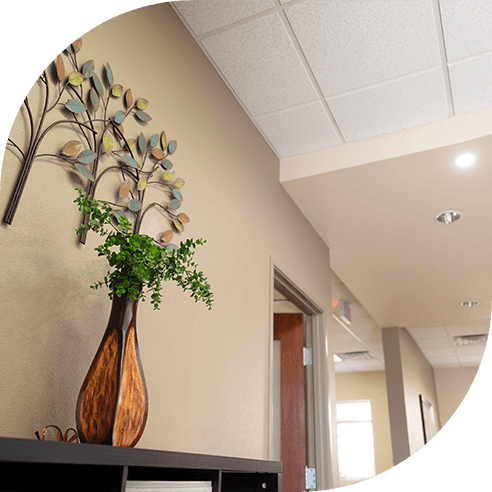
Apart from preventing mercury exposure to the patient and our team members during the removal process, we must also consider ways to eliminate contamination of the dental office environment. Our ISO-certified Mercury Waste Water Separator is placed at the end of our suction lines, reducing the amount of mercury from entering into the sewer lines. Also, our scrubs are laundered on-site to avoid potential cross-contamination with the environment.
